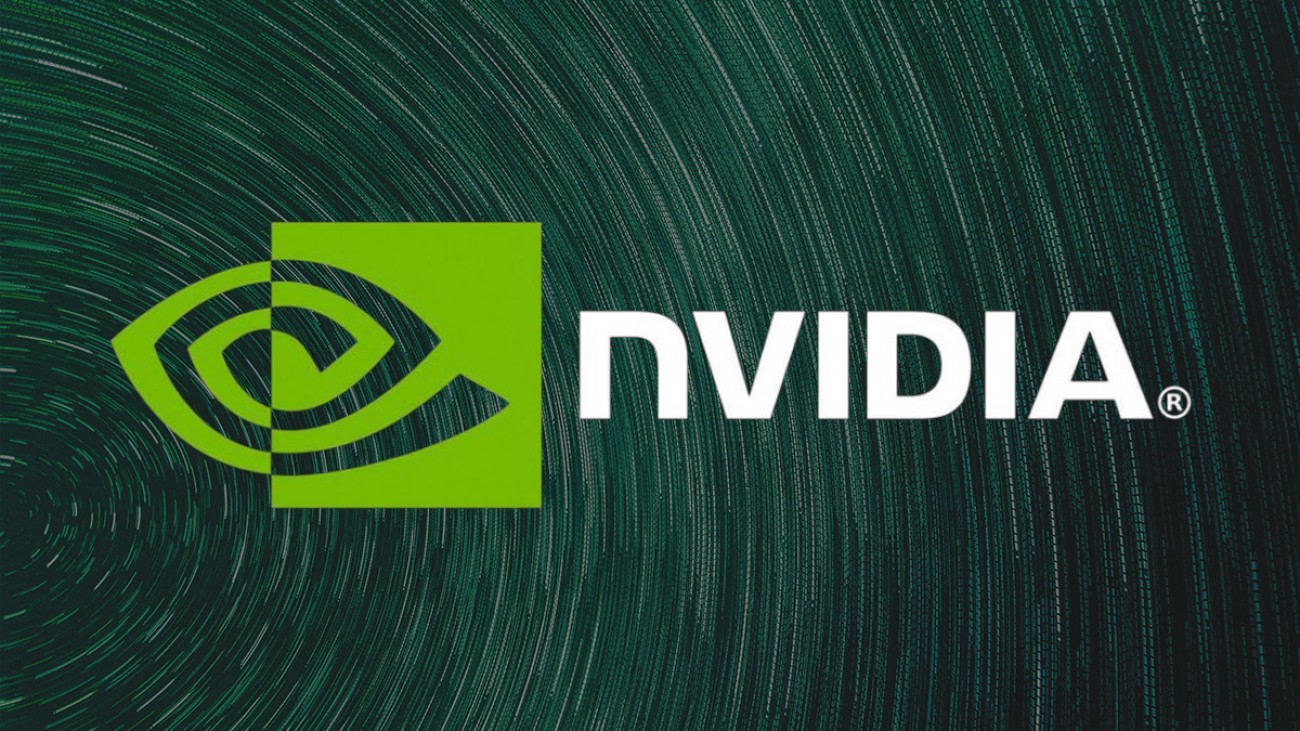Nvidia (NVDA) has been a key player in the tech industry for years, known for its cutting-edge graphics processing units (GPUs) and innovations in AI, gaming, and data centers. Over the years, Nvidia has experienced significant stock growth, making it a popular topic for investors and analysts alike. One of the platforms where investors discuss Nvidia’s stock performance is Stocktwits, a social media platform dedicated to the financial world. In this article, we will dive deep into the role of NVDA Stocktwits, its influence on stock trading, and how it reflects investor sentiment.
What is NVDA Stocktwits?

NVDA Stocktwits refers to the ongoing discussions, posts, and messages shared by investors, traders, and market participants on Stocktwits specifically about Nvidia’s stock. Stocktwits is a platform designed for real-time financial communication where users post about stocks, commodities, or market events. Each post includes a stock ticker symbol, like NVDA for Nvidia, allowing users to quickly follow relevant updates and opinions.
Nvidia, with its innovative product lineup and strong presence in sectors like gaming, artificial intelligence (AI), and cloud computing, has become a focal point for retail investors on Stocktwits. This platform allows for the exchange of thoughts, analysis, predictions, and even speculation, helping traders and investors gain insights into market sentiment.
The Role of Social Media in Stock Trading
Social media platforms like Stocktwits have become increasingly influential in stock trading. They have democratized financial information, allowing individual investors to access and share insights on companies and stocks in real-time. For NVDA, a stock that has gained significant popularity in recent years, Stocktwits provides a space where discussions about its performance, upcoming earnings reports, and broader industry news unfold.
Social media-driven trading, also known as “crowd-sourced investing,” has grown in prominence, especially in the wake of retail investor involvement in meme stocks like GameStop and AMC. The impact of social media platforms on stock price movements, such as through the Stocktwits NVDA feed, has become a notable phenomenon.
Investor Sentiment and NVDA on Stocktwits

One of the key advantages of using Stocktwits is its ability to gauge investor sentiment. NVDA’s posts on Stocktwits often give insights into the mood of retail investors—whether they are optimistic, bearish, or speculative about the stock’s future. Let’s break down how investor sentiment plays out in Stocktwits discussions:
Positive Sentiment: Bullish Trends
When investors are optimistic about Nvidia’s future prospects, Stocktwits is filled with posts expressing positive sentiment. In these posts, traders often discuss Nvidia’s recent earnings reports, product innovations, and growth in key sectors. For example, Nvidia’s breakthroughs in AI hardware, like the Nvidia A100 Tensor Core GPUs, or the company’s role in powering AI-driven technologies, might lead to a wave of bullish messages on Stocktwits.
Additionally, major announcements such as stock buybacks, acquisitions, or strategic partnerships often spark positive sentiment. When NVDA is performing well in the stock market, Stocktwits users might share success stories, technical analysis, or charts showing the upward trajectory of the stock.
Negative Sentiment: Bearish Concerns
On the flip side, negative sentiment also emerges when investors feel that NVDA might face challenges. Stocktwits users may share concerns about market conditions, competition, or regulatory risks that could impact Nvidia’s future. For instance, a slowdown in GPU demand, concerns about supply chain disruptions, or global semiconductor shortages can lead to bearish opinions on NVDA.
In such cases, some users may even call for caution, advising others to sell or short the stock, and some might discuss potential headwinds in Nvidia’s primary markets. When market conditions are volatile or when Nvidia’s earnings underperform expectations, the mood on Stocktwits may turn negative.
Technical Analysis and NVDA Stocktwits

Many traders on Stocktwits leverage technical analysis to predict price movements. This is especially true for stocks like Nvidia, which can experience volatility based on market sentiment and technological developments. Technical analysts often share charts, price patterns, and indicators, all of which are meant to guide their predictions about NVDA’s price action.
Key technical indicators discussed by Stocktwits users might include:
- Support and resistance levels: Traders use these to identify potential entry and exit points for NVDA.
- Moving averages: The 50-day and 200-day moving averages are often referenced to evaluate the long-term and short-term trend of the stock.
- Relative strength index (RSI): This indicator helps traders understand if NVDA is overbought or oversold, influencing buy or sell decisions.
Technical analysis on Stocktwits can help traders understand market trends and potential price fluctuations. However, it’s important to remember that technical analysis, while insightful, is not foolproof and should be supplemented with fundamental research.
Fundamental Analysis and NVDA Stocktwits
While technical analysis looks at price movements, fundamental analysis delves into the underlying financial health of a company. On Stocktwits, investors often share their views on Nvidia’s fundamentals, such as earnings growth, profit margins, and long-term prospects. Some key elements of Nvidia’s fundamental analysis include:
- Earnings Reports: Nvidia’s quarterly earnings reports are closely watched by investors, and Stocktwits discussions often heat up around earnings season. If Nvidia exceeds earnings expectations, Stocktwits will likely see a surge of positive posts.
- Revenue Growth: Nvidia has witnessed impressive revenue growth, especially from its Gaming and Data Center segments. Stocktwits users often discuss how Nvidia’s products are performing in these sectors, especially as the company’s hardware drives innovation in gaming and AI.
- Market Position: Nvidia’s dominant position in the GPU market, especially with its GeForce and Quadro product lines, often becomes a hot topic among investors on Stocktwits. Users may discuss the company’s competitive advantages and its ability to sustain market leadership.
NVDA Stocktwits and Speculation

Speculation plays a significant role in NVDA Stocktwits discussions. Given the fast-paced nature of the tech industry, any news or rumor can trigger rapid changes in stock sentiment. For instance, rumors about a new product release, potential mergers or acquisitions, or regulatory concerns can spark intense speculation on Stocktwits. Investors might start posting about these potential developments, with some taking a more conservative stance while others predict major moves in the stock price.
It is also common for Stocktwits to see speculative discussions about upcoming industry trends, such as advancements in AI, machine learning, and autonomous vehicles—all of which could be favorable for Nvidia.
Conclusion: Navigating NVDA Stocktwits
NVDA Stocktwits is a valuable resource for gauging investor sentiment and following real-time discussions on Nvidia’s stock performance. Whether you’re a day trader, long-term investor, or just someone curious about market trends, Stocktwits provides a wealth of opinions, technical analyses, and fundamental insights.
However, while Stocktwits can provide useful information, it is important to approach the platform with caution. The opinions expressed on Stocktwits can be highly subjective, and social media discussions may not always reflect the true value of a stock. As with any investment, conducting your own research and consulting financial professionals is essential before making any decisions.
In the case of Nvidia, with its strong position in the tech world and potential for continued growth in AI and gaming, Stocktwits will remain a vital space for discussions. Keeping track of the latest updates, sentiment shifts, and expert analyses can help you stay informed and make more educated decisions about NVDA stock.



